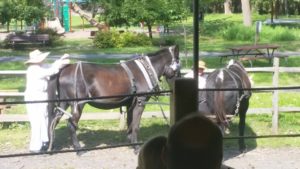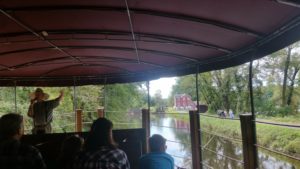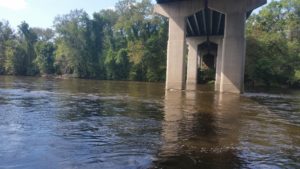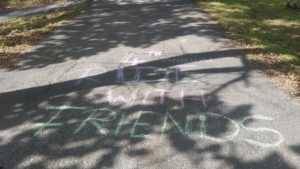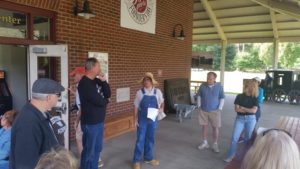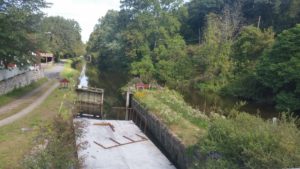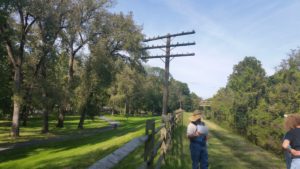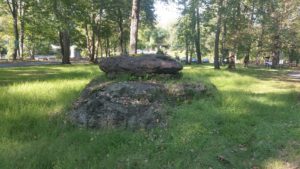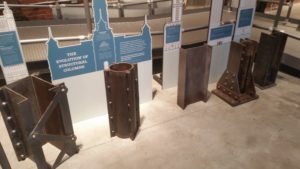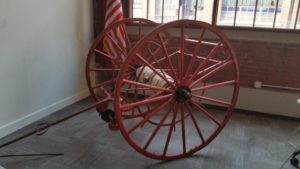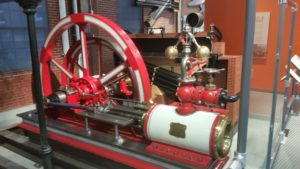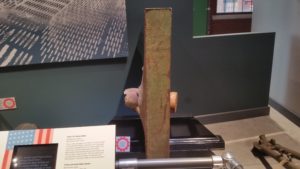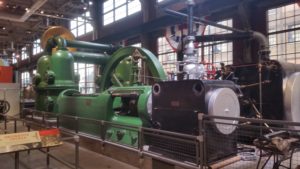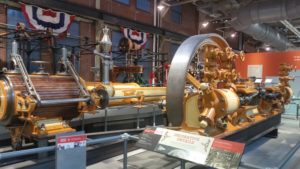Well, we’re back from the half marathon in Hershey, and now back also from our nap…
The race started at 7:30 AM, so we had to be there at say 6:30, so had to leave the house at 5:00, meaning we all had to get up by 4:30. We were all in bed by 9:00 last night, but it was still a hard morning. We got there about 6:45 — crazy parking traffic — and that was almost like “just in the nick of time” considering the bathroom lines, but Bruce & Heather lined up with no problems and the race went off without a hitch, then just as the race started we met up with Lorraine.
We walked around to several different vantages together, managed to see all our runners (Heather & Bruce, and Adelle & Liz who did it as a relay), and I even got a few photos. The whole thing was over by about 10:00. After navigating back through the parking traffic mess, we all met up for brunch at a place in Hersey. Good to get some food and to catch up with everyone, but it had been a cold, windy day and the place was chilly inside; we were glad to get back in the car and crank the heat. We were home by 2:00.
New Tools Bring New Opportunities
One area on my routing map has been a bit problematic: Rt 329 out of Northampton goes past a reservoir, or old quarry or something, and the DEM elevation data dips pretty hard right next to the road, as well as under it at a bridge. Since I find total ascent and descent for each road using interpolated DEM data at points along them, the roads that go over, or even just near, big elevation changes can have large ascent/descent values even of they are relatively flat.
The bridges have had an easy enough fix for a while: I simply make the ascent and descent (and adjusted ascent/descent) zero for each bridge, and I do the same for very short roads connecting to the bridge, like abutments. In other words, I fudge the data… (I figure the bridges are all fairly flat anyway except some longer, river-crossing ones, and since those are pretty far apart their actual ascent/descent values won’t affect the routing calculations much.)
Fixing these roads near the quarry was a bit harder. I didn’t want to set ascent/descent values down to zero for the whole long and moderately hilly road, but now that I can update the ascent/descent data much more quickly — this was that “the task went from several hours to under a minute” process improvement from the other day — I was able to do my fudging on the elevation-at-road-points data: I made the elevations in the “dipped” spots the same as the points just outside, then re-updated my database with the new script. It worked great, the roads now route more realistically in that area, and it took about 5 minutes to do.

